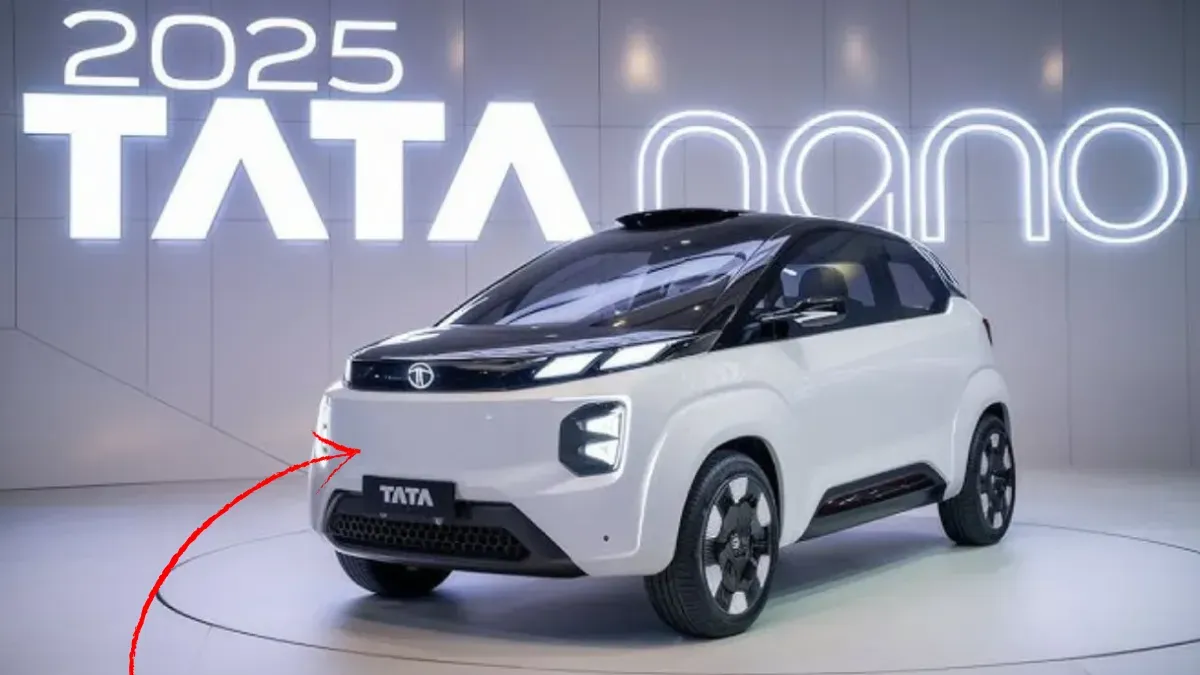The Tata Nano is one of the most iconic cars ever launched in India. Introduced by Tata Motors in 2008, it was hailed as the “people’s car”, designed to make automobile ownership affordable for millions of Indians. This revolutionary compact car not only made headlines across the globe but also showcased India’s engineering innovation at its best.
The Vision Behind Tata Nano
The vision for the Tata Nano came from Ratan Tata, then chairman of Tata Group. He observed that many families in India were traveling dangerously on two-wheelers, with three or four people squeezed onto a motorcycle. His dream was to create a safer and more affordable alternative — a car that cost as much as a motorbike. This vision led to the development of the world’s cheapest car at the time, priced at around ₹1 lakh (about $2,000).
Design and Features
The Tata Nano was a compact hatchback, measuring just over 3 meters in length. Despite its small size, it was designed to seat four adults comfortably. The car had a rear-engine layout and a simple, minimalistic design. It came with basic features to keep costs low — no air-conditioning or power steering in the base model, and manual windows.
Its tiny but efficient 624cc petrol engine delivered decent mileage of about 23–25 km/liter, making it very economical to run. The Nano was also surprisingly spacious on the inside due to its tall-boy design and clever engineering. For city driving, its compact dimensions and excellent maneuverability made it easy to park and drive through narrow streets.
Impact on the Indian Auto Industry
The launch of the Tata Nano created a buzz worldwide. It positioned India as a serious player in the automotive industry and inspired carmakers to innovate in the budget segment. Thousands of bookings poured in at launch, and it attracted attention from global media, showcasing India’s ability to engineer low-cost products without compromising on quality and safety standards for its class.
The Nano also helped raise aspirations among India’s middle and lower-middle-class families, giving them an affordable route into car ownership. It became a symbol of mobility, independence, and progress.
Challenges and Decline
Despite its promising start and the massive interest at launch, the Tata Nano faced several challenges over time. Its initial low-cost image, while innovative, became a double-edged sword. Many buyers began to perceive it as a “cheap car” rather than an affordable one. Reliability concerns and reports of rare but highly publicized fire incidents further hurt its reputation.
In addition, as incomes rose and competition in the small-car segment increased, many customers preferred spending slightly more for better-equipped models from competitors. Sales gradually declined, and Tata Motors finally ceased production of the Nano in 2018.
Legacy of the Tata Nano
Even though the Nano’s commercial journey ended, its impact and legacy remain significant. It proved that ambitious engineering goals could be achieved at low costs. The car inspired innovations in manufacturing, design, and supply chain management that benefited the entire automotive sector in India.
The Tata Nano remains an important chapter in India’s automotive history — a bold attempt to democratize car ownership and transform the lives of millions. While it did not sustain its initial success, it showed the world what Indian ingenuity could achieve.
The Tata Nano’s story is one of vision, innovation, challenges, and inspiration. It continues to be remembered fondly by automobile enthusiasts and remains a symbol of India’s potential to dream big and create solutions for the common man.







